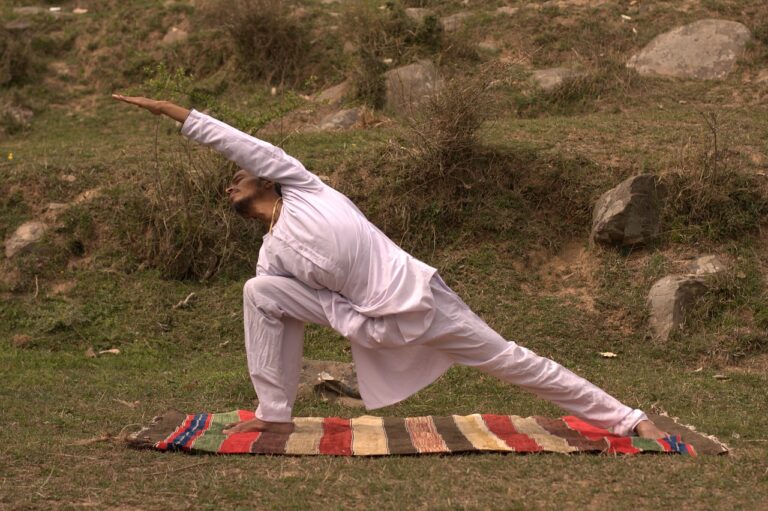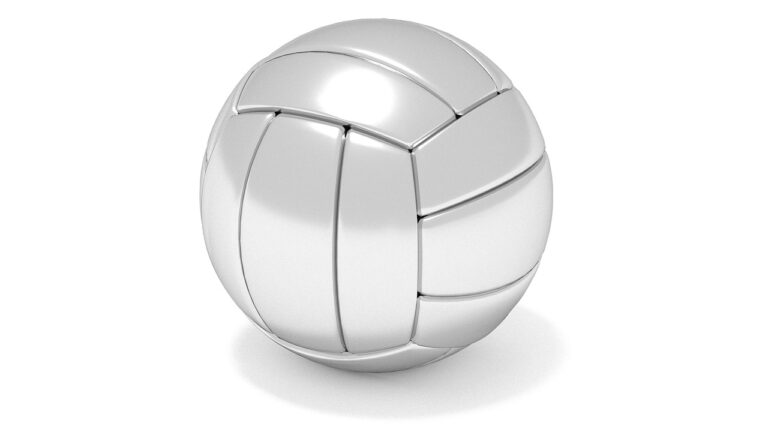Innovations in Remote Monitoring for Chronic Disease Management
Chronic diseases, such as diabetes, heart disease, and hypertension, are among the leading causes of death and disability worldwide. Managing these conditions effectively requires continuous monitoring and timely interventions. However, traditional healthcare models often struggle to provide the level of monitoring needed for effective disease management. This is where remote monitoring technologies have emerged as game-changers in the field of healthcare.
The Rise of Remote Monitoring
Remote monitoring refers to the use of technology to monitor patients’ health status outside of traditional clinical settings. This approach allows healthcare providers to collect real-time data on patients’ vital signs, symptoms, and behavior, enabling them to make more informed decisions about their care. With the proliferation of smartphones, wearable devices, and connected health devices, remote monitoring has become more accessible and convenient for both patients and providers.
Benefits of Remote Monitoring
Remote monitoring offers several benefits for chronic disease management:
1. Improved Access to Care
Remote monitoring allows patients to receive timely care without the need for frequent visits to healthcare facilities. This is particularly beneficial for patients in rural or underserved areas who may have limited access to healthcare services.
2. Early Detection of Health Issues
By continuously monitoring patients’ health status, healthcare providers can detect potential health issues early on and intervene before they escalate. This can prevent costly hospitalizations and improve patients’ overall quality of life.
3. Personalized Care Plans
Remote monitoring enables healthcare providers to tailor care plans to individual patients’ needs based on real-time data. This personalized approach can lead to better outcomes and increased patient satisfaction.
4. Enhanced Patient Engagement
Remote monitoring empowers patients to take an active role in their healthcare by providing them with regular feedback on their health status. This can motivate patients to adhere to their treatment plans and make positive lifestyle changes.
5. Cost Savings
By reducing the need for frequent hospital visits and emergency room visits, remote monitoring can help lower healthcare costs for both patients and providers. This can lead to more efficient use of resources and improved healthcare outcomes.
Key Innovations in Remote Monitoring
Several innovative technologies have emerged in recent years to enhance remote monitoring for chronic disease management:
1. Wearable Devices
Wearable devices, such as smartwatches and fitness trackers, can track vital signs, activity levels, and other health metrics in real-time. These devices provide continuous monitoring and allow for early detection of health issues.
2. Connected Health Platforms
Connected health platforms enable healthcare providers to collect and analyze data from multiple sources, such as wearable devices, electronic health records, and patient-reported outcomes. These platforms offer a comprehensive view of patients’ health status and facilitate more informed decision-making.
3. Telemedicine
Telemedicine allows patients to consult with healthcare providers remotely through video calls, phone calls, or secure messaging platforms. This approach enables patients to receive timely care without the need for in-person visits.
4. Remote Patient Monitoring Systems
Remote patient monitoring systems use sensors and other monitoring devices to collect data on patients’ vital signs, symptoms, and behavior. This data is transmitted to healthcare providers in real-time, allowing for proactive interventions.
5. Artificial Intelligence
Artificial intelligence algorithms can analyze large volumes of data from remote monitoring devices to identify patterns, trends, and anomalies. This can help healthcare providers make more accurate diagnoses and treatment decisions.
Challenges and Future Directions
While remote monitoring holds great promise for chronic disease management, there are several challenges that need to be addressed:
1. Data Security and Privacy
Ensuring the security and privacy of patient data is crucial when using remote monitoring technologies. Healthcare providers must implement robust security measures to protect patients’ sensitive information.
2. Integration with Existing Systems
Integrating remote monitoring technologies with existing healthcare systems can be challenging due to differences in technology platforms and data formats. Healthcare organizations must invest in interoperable systems to ensure seamless data exchange.
3. Regulatory and Reimbursement Issues
Regulatory frameworks and reimbursement policies for remote monitoring vary across jurisdictions, which can create barriers to widespread adoption. Policymakers must work with stakeholders to develop clear guidelines and incentives for remote monitoring implementation.
4. Patient Engagement and Adherence
Encouraging patient engagement and adherence to remote monitoring protocols can be challenging. Healthcare providers must educate patients about the benefits of remote monitoring and provide ongoing support to ensure compliance.
5. Scalability and Sustainability
Scaling remote monitoring programs to reach a larger population and ensuring their long-term sustainability require careful planning and investment. Healthcare organizations must consider factors such as infrastructure, resources, and training to ensure successful implementation.
FAQs
Q: How does remote monitoring benefit patients with chronic diseases?
A: Remote monitoring allows patients to receive timely care, detect health issues early, receive personalized care plans, and engage in their healthcare. It can also lead to cost savings and better health outcomes.
Q: What are some key innovations in remote monitoring for chronic disease management?
A: Key innovations include wearable devices, connected health platforms, telemedicine, remote patient monitoring systems, and artificial intelligence.
Q: What are the challenges facing remote monitoring technologies?
A: Challenges include data security and privacy, integration with existing systems, regulatory and reimbursement issues, patient engagement and adherence, and scalability and sustainability.
In conclusion, remote monitoring technologies have the potential to revolutionize chronic disease management by improving access to care, enabling early detection of health issues, and empowering patients to take control of their health. By leveraging key innovations and addressing challenges, healthcare providers can harness the power of remote monitoring to deliver more efficient, personalized, and cost-effective care to patients around the world.







